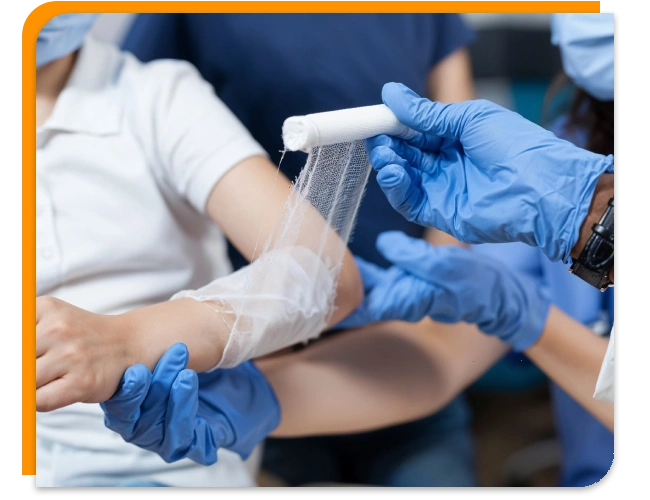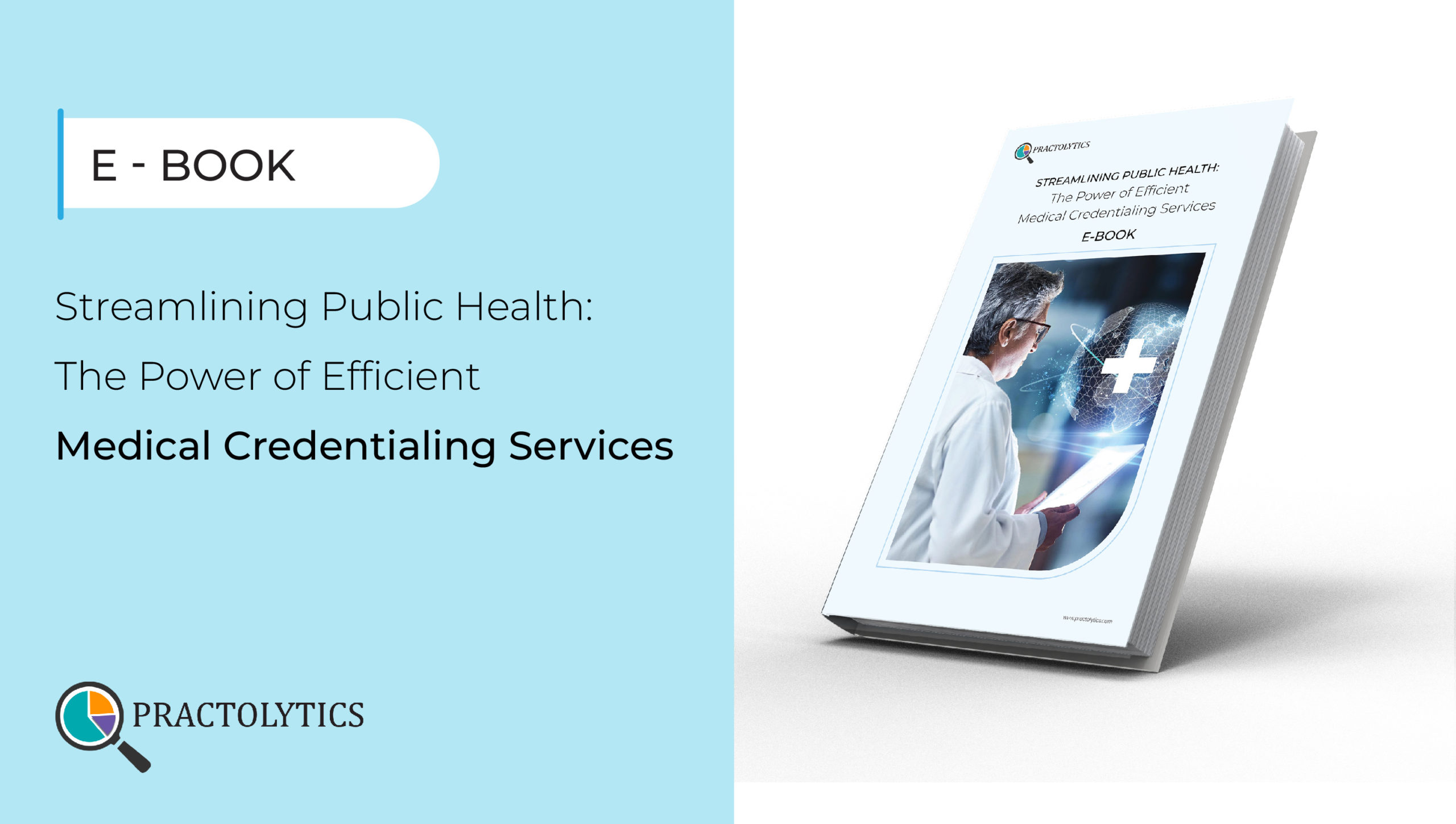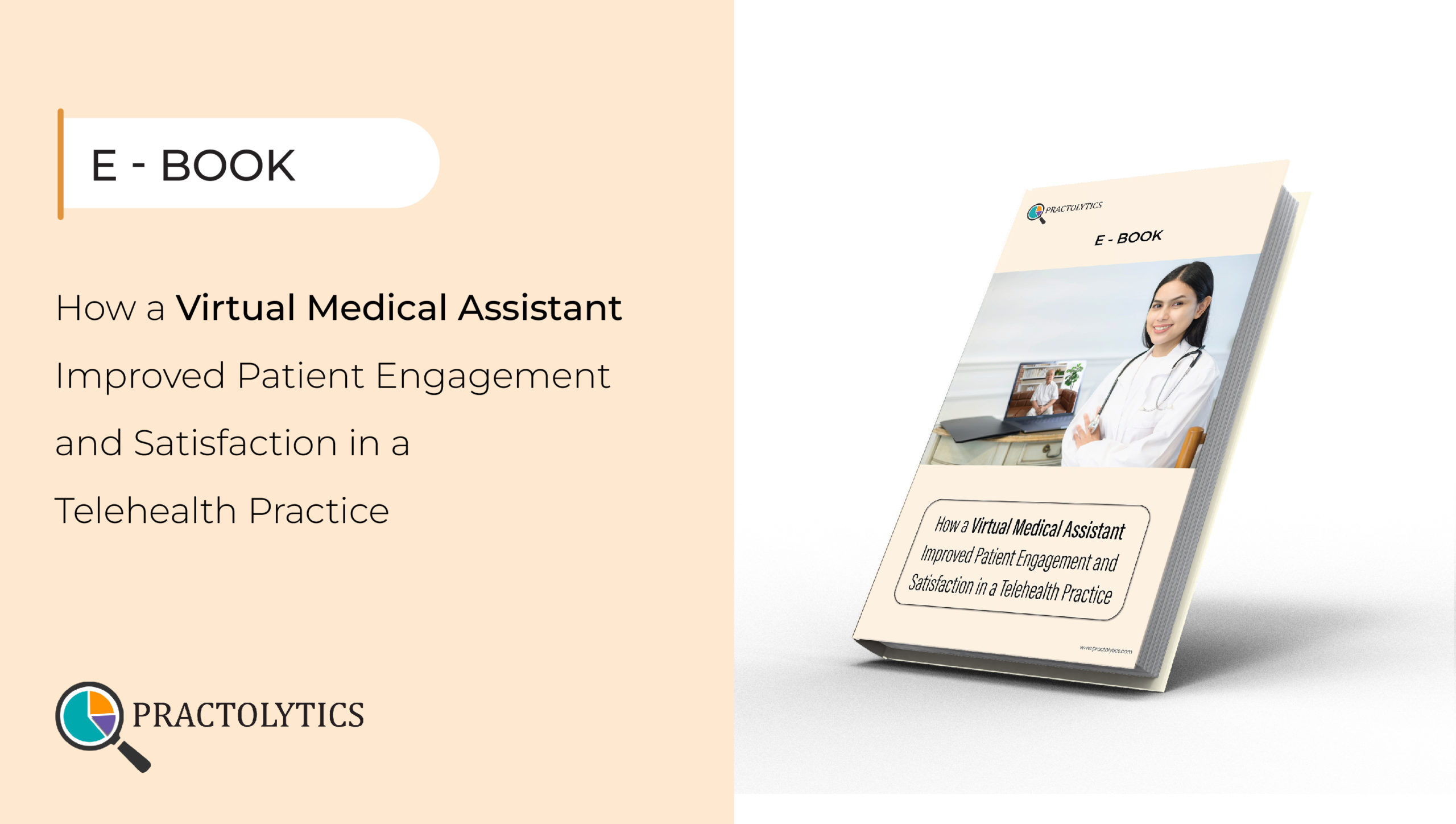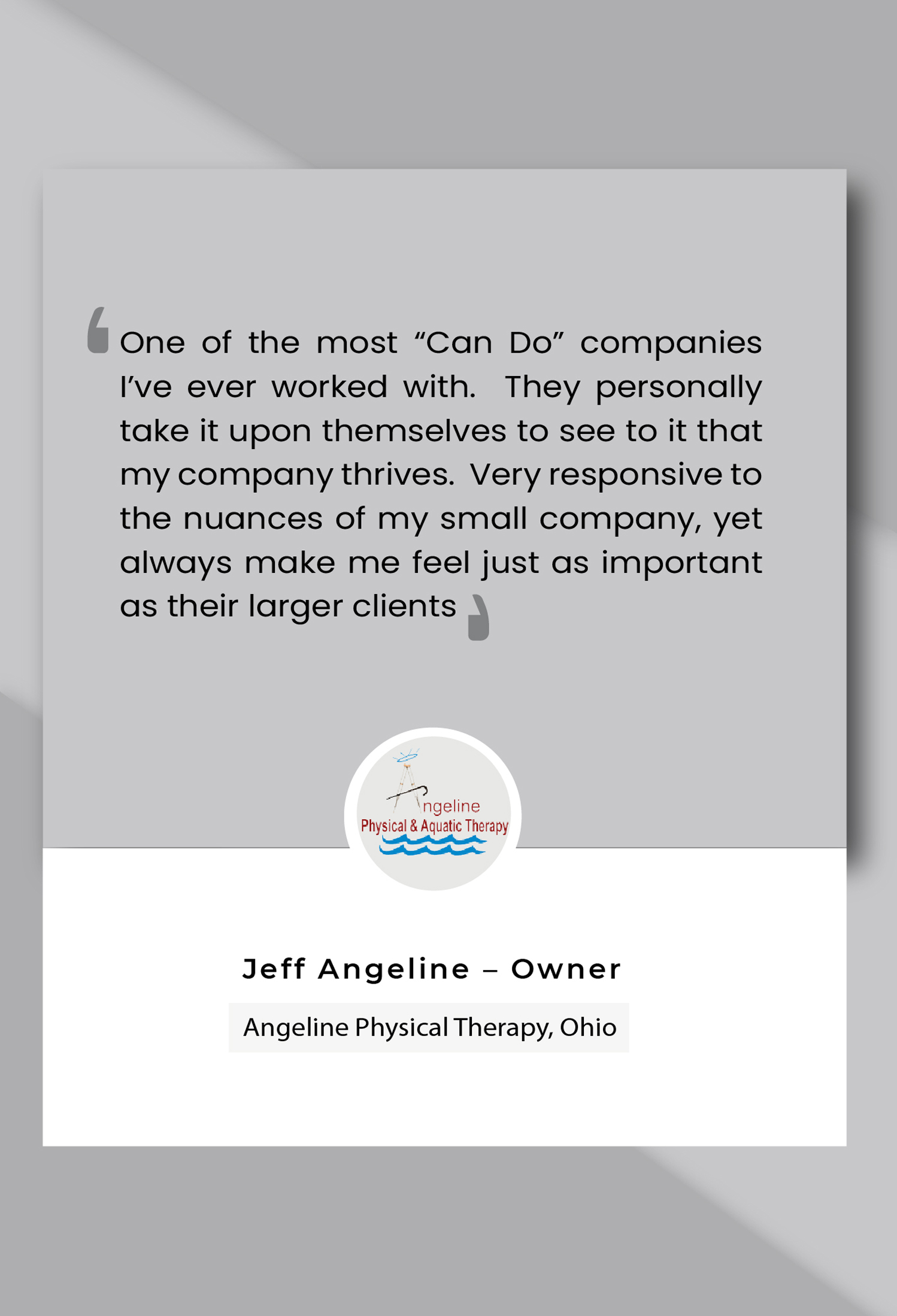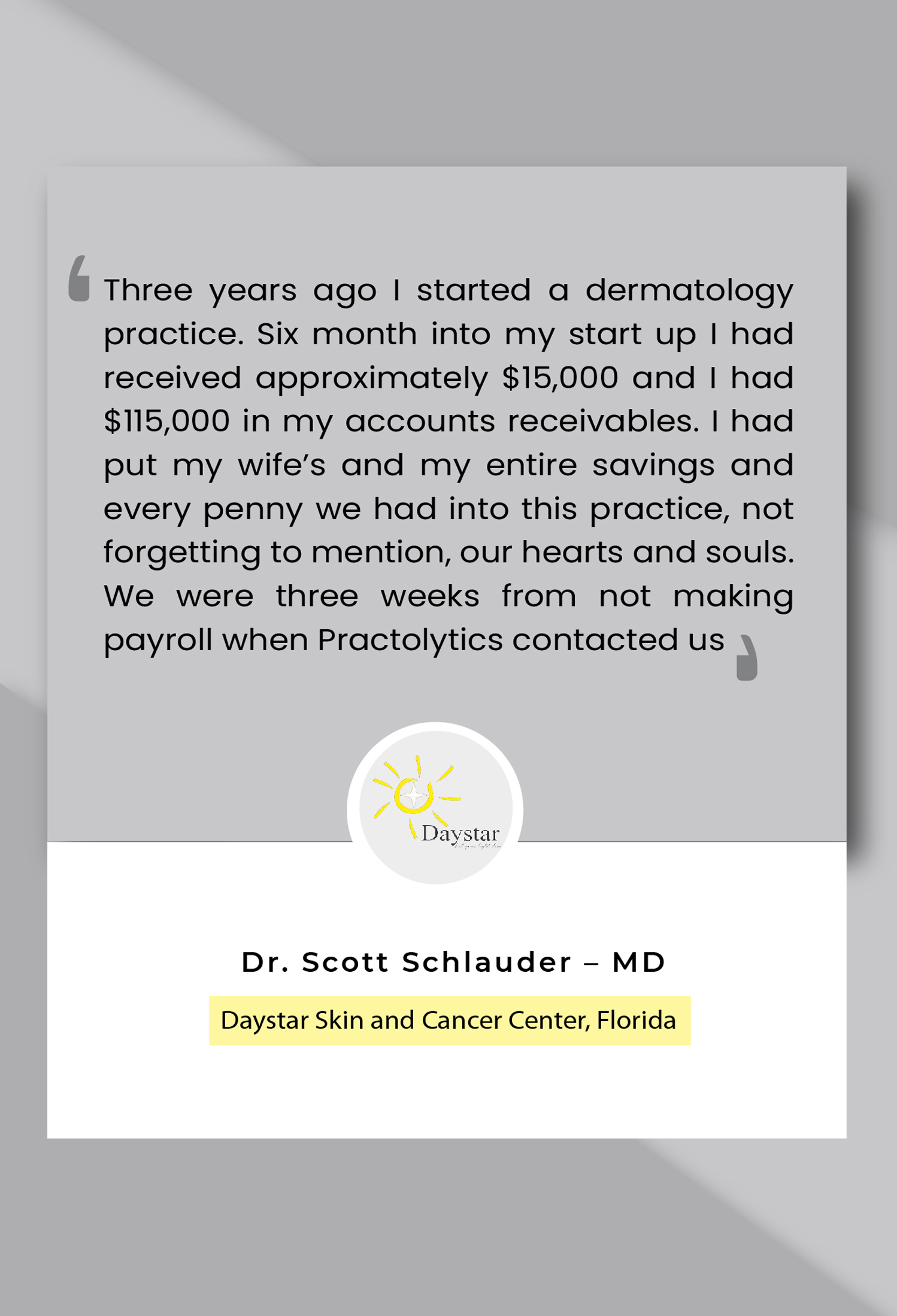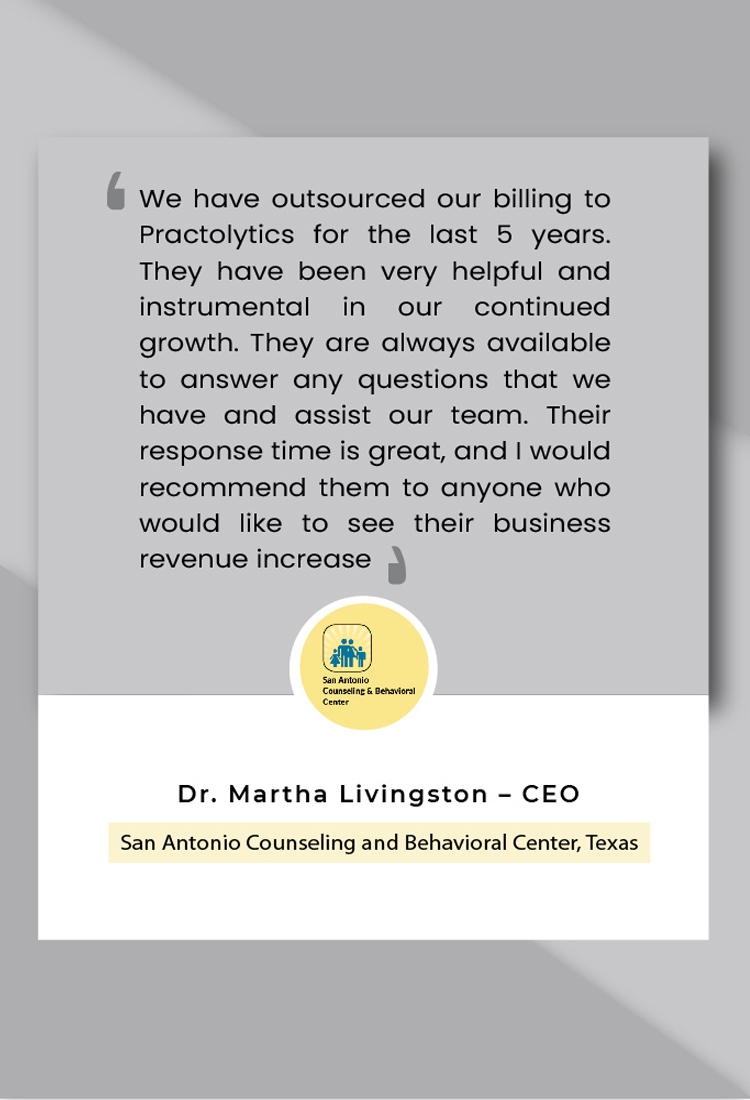Wound Care Medical Billing Services | Reliable & Streamlined
Managing wound care is already challenging—your billing process shouldn’t add to the stress. At Practolytics, our Wound Care Medical Billing Services are designed to be simple, accurate, and fully aligned with evolving payer rules. With so many variables in documentation and coding, our team ensures you don’t miss revenue or face unnecessary denials. Our expert-driven Wound Care Billing Services help streamline operations so you can focus more on patient healing, not paperwork.
Here’s how we make it easier for you:
General Challenges in Wound Care Coding & Billing
Wound care coding and billing isn’t just about assigning the right code—it’s about understanding the full story behind the treatment. That’s where things get tricky. Clinics often struggle with documentation gaps, missed add-on codes, and unclear medical necessity. As a leading wound care billing company, Practolytics helps reduce these errors and improve Wound Care Medical Billing Services results. We also simplify wound care claims processing so nothing slips through the cracks.
Common challenges include:
Outsourcing Wound Care Billing
Let’s face it—wound care billing can eat up a lot of your time. That’s why many providers are turning to Outsourcing Wound Care Billing. When you work with experienced wound care billing companies like Practolytics, you get access to trained professionals who stay on top of payer rules, coding changes, and claim edits. Our Wound Care Billing Services are built to help you improve collections, reduce delays, and focus more on patient care.
Here’s why outsourcing works:
Get In Touch
Resources
Streamlining Public Health: The Power of Efficient Medical Credentialing Services
Discover the importance of medical credentialing in public health. Ensure quality care, compliance, and efficient service delivery with trusted providers.
Lessons from the Field: Addressing Prior Authorization Challenges in Rural Healthcare
Rural healthcare faces delays due to prior authorization rules. Learn how streamlined processes and expert solutions can improve patient care and reduce denials.
How a Virtual Medical Assistant Enhanced Engagement & Satisfaction in Telehealth Practice
Discover how Practolytics’ Virtual Medical Assistants help telehealth practices improve patient engagement, reduce stress, and streamline communication.
FAQs on Wound Care Billing Services
What billing modifiers are essential in wound care?
Modifiers are your best friends in wound care billing. Common ones include -59 (separate service), -25 (separate E/M on same day), and -76 (repeat procedure by same provider). They give insurers context—basically saying, “Yes, this was necessary, and here’s why.” Use them smartly, and you’ll avoid a ton of billing issues.
When is prior authorization necessary in wound care billing?
You’ll need prior authorization for many advanced treatments—think skin substitutes, hyperbaric therapy, or anything costly. It’s best to check before the procedure, not after. Every insurer’s different, so don’t assume. A quick call up front can save you from denied claims and lost revenue.
What causes most wound care claims to be denied or delayed?
It usually comes down to three things: incomplete documentation, wrong codes, or no prior authorization. Insurers want everything to be just right before paying out. That means clear records, correct CPT and ICD codes, and making sure any pre-approvals were done. Miss one step, and the claim could hit a wall.
What should I do if my wound care claims are consistently underpaid or delayed?
Start by reviewing your documentation—missing info is often the culprit. Check your coding too. If things still aren’t right, call the payer or file an appeal. And hey, if this keeps happening, it might be time to outsource. A partner like Practolytics can help you get paid properly and on time.
Can I bill for telehealth wound care visits?
Yes, in many cases you can. But each insurer has different rules, so double-check first. As long as you document the visit thoroughly and follow payer guidelines, telehealth billing for wound care is totally doable—and super helpful for follow-ups or wound checks that don’t need an in-person visit.
Which billing modifiers matter most in wound care?
Modifiers like -59, -76, and -25 are big ones for wound care. They help explain when procedures are separate, repeated, or done on the same day. Using the right modifiers tells payers exactly what’s going on—and helps you avoid payment delays.
How often should I document wound measurements?
You should measure and document the wound at every visit. This helps show progress and proves the treatment is still necessary. It might feel repetitive, but it’s one of the best ways to support your billing and avoid denials.
What’s the top reason wound care claims get denied?
The number one reason is missing or unclear documentation. Insurers need to see the size, depth, and progress of the wound to approve payments. If that info’s not there, claims are more likely to get denied. Clear notes make a big difference!
Why does wound care billing feel so tricky?
Wound care billing is tricky because insurers want detailed documentation—every measurement, treatment type, and progress note. Even one missing detail can hold up payments. It’s not impossible, but staying consistent with charting and knowing the billing rules can really make it easier.
Which CPT codes are we using most often for wound care now?
Great question! The most commonly used CPT codes in wound care are 97597, 97598, and 97602. They mostly cover debridement and general wound care services. The trick is to document every detail clearly. If it’s not documented right, even the correct code might not get you paid.
Stay in the loop
Sign up for our monthly newsletter
By subscribing, I consent to the processing of the personal data that I provide Practolytics in accordance with and as described in the privacy policy.



